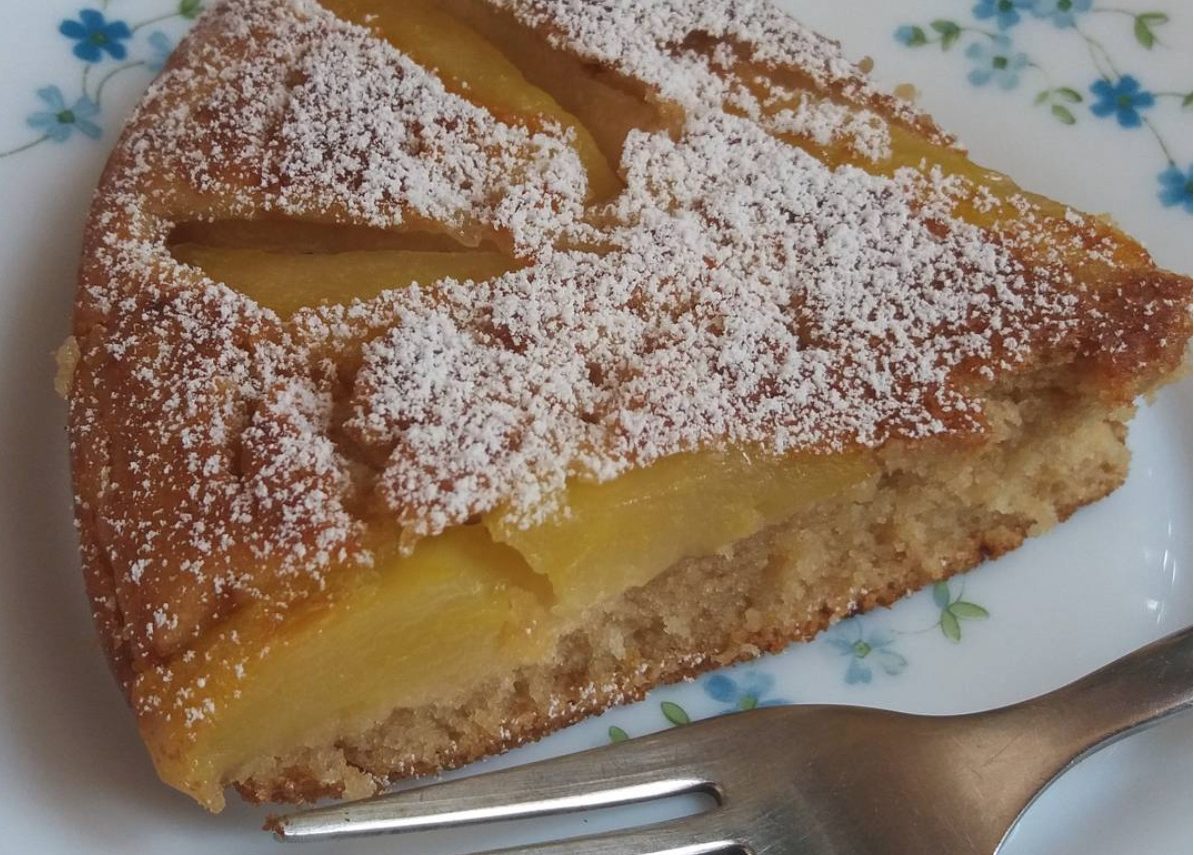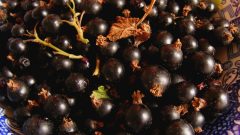This Is How The Rest Of The World Does Apple Pie

“There’s nothing more American than apple pie.”
While the US is the most vocal about its apple pride, apple pie is really just a testament to the constant stirring of our melting pot. British and Scandinavian pies have the most direct influence, but various other countries have their own ideas when it comes to apple pastries.
GERMANY: Apfel Maultaschen
American apple turnovers get most of the fame associated with their deliciousness, but they owe their ubiquity to early German immigrants. In 17th century Germany, Swabian monks began to “hide” donated meats in savory pastries that were eventually called Maultaschen. The nearby Bavarians, no strangers to the dessert world, began putting sweeter fillings between the dough, like plums and apples. The result can look like a traditional apple turnover or a strudel, depending on the recipe you follow.
What sets it apart: Though some throw this ingredient to the wind, authentic Apfel Maultaschen should use potato dough instead of plain flour.
COLOMBIA: Arepas Dulces con Manzanas
If you’re not much of a baker, this dessert is the perfect deconstruction of any country’s approach to an apple pastry. Arepas are typically a no-nonsense, cornmeal flatbread found throughout Latin America, but Colombia is notorious for its arepa ingenuity. There are dozens of variations that stretch the definition of what a flatbread should be, including a simple addition of sugar and cinnamon that allows you to cling to the culinary safety of the frying pan. Caramelize some apple slices to pile on top of your crispy arepas and they’re ready to enjoy.
What sets it apart: No oven necessary. But you might want to wear sleeves.
ITALY: Torta di Mele
Lately, cakes with fruit crusts have been popping up all over Pinterest and dessert blogs with little to no credit given to the Western European countries who’ve been mastering these bad boys for centuries. Italian torte di mele seems like uncovered apple pies at first glance, but beneath the oven-glazed apple slices lies a lemon cake. Its rustic simplicity allows for several variations, but it’s common for recipes from Northern Italy to require more apples due to the region’s plentiful 2,000-year-old apple orchards.
What sets it apart: When people talk about rustic cakes, this is what’s on their mind.
FRANCE: Gâteau aux Pommes
This cake is more apple than anything else and is an unapologetic celebration of French flippancy. The measurements vary from person to person, because French chefs just have a sixth sense about how much vanilla extract is too much without using measuring tools. Think of this cake as a torta di mele’s wild sibling: full of enough apple chunks, booze, and sugar to produce the sexiest sugar crash ever invented. Rum is the popular libation of choice, but whiskeys and bourbons round out the recipe just as nicely.
What sets it apart: The breathalyzer you might need afterwards and the overwhelming apple presence.
RUSSIA: Sharlotka
Russia’s thrown its own hat in this fray by way of a super sweet treat that lends its popularity to the simplicity in its preparation. Contributing to the overall sweetness of the sharlotka is the tale behind its name’s inception: as the story goes, the inventing baker named it after Charlotte, the name of the woman he was smitten by. Aaaaand the crowd goes ‘awwwww.’
What sets it apart: Think of the sharlotka as the glorious offspring of an apple pie and apple cake.






















